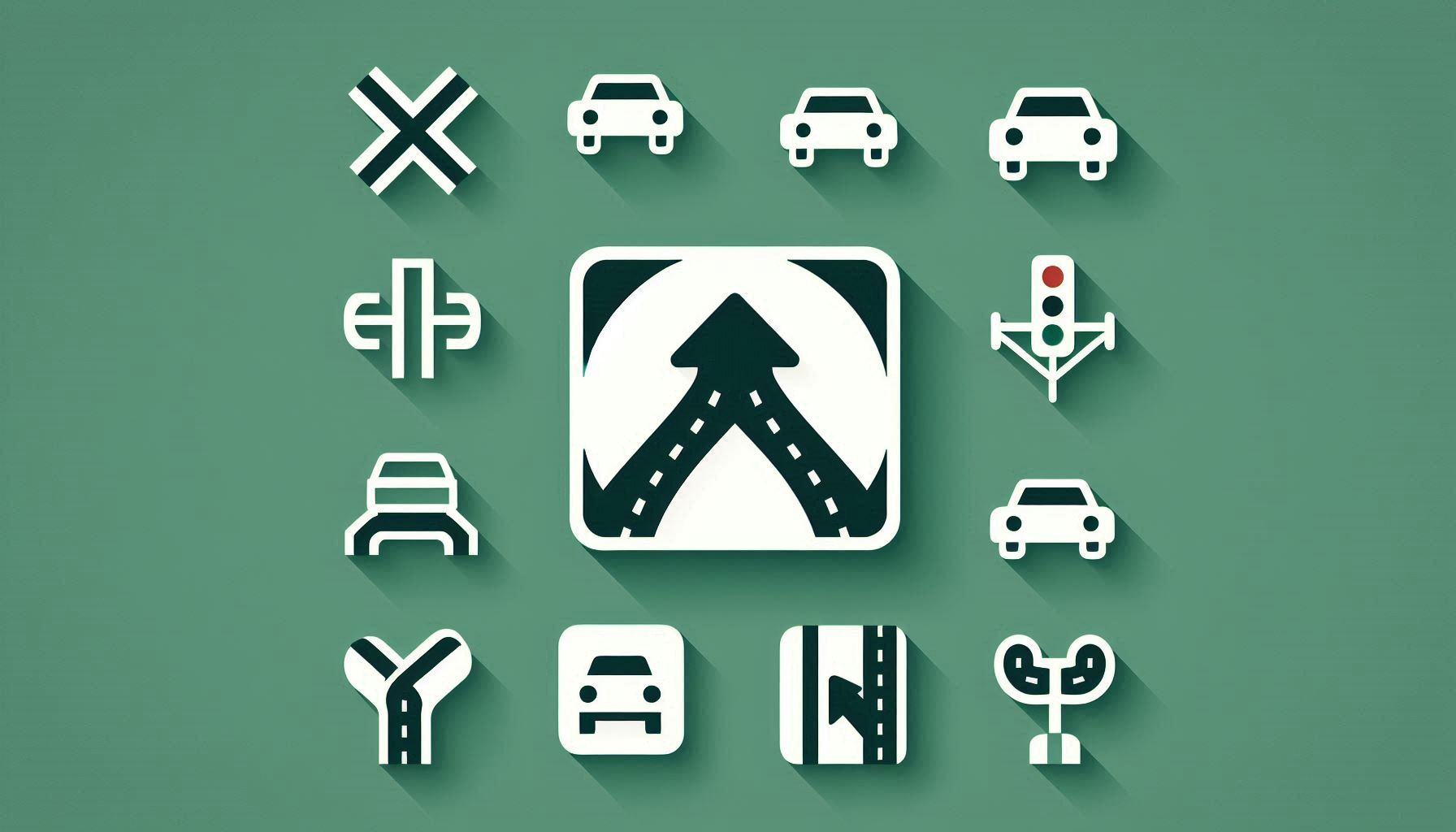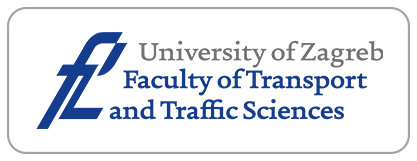Modelling Truck Weigh Stations’ Locations based on Truck Traffic Flow and Overweight Violation: A Case Study in Bosnia and Herzegovina

Downloads
The number of registered commercial freight vehicles is constantly increasing, increasing therefore as well the traffic load on the roads in Bosnia and Herzegovina. A significant part of freight vehicles moving along the main and regional roads are overloaded and cause significant damage to road infrastructure, affect road safety and result in an increase of emissions of harmful gases for people and the environment. The overloading rate is extremely high, in particular with 5-axle trucks representing 58.7%. The research showed that the increased overload level ranges from 10-20% of the maximum permissible weight. The importance of load limits was recognized early in the history of road development. This interrelation led directly to limitations on vehicle loads, and laws were enacted in many countries to establish the maximum allowable motor vehicle sizes and weights. Strict enforcement of motor vehicle size and weight laws is a step toward reducing motor vehicle size and weight violations, heavy truck accidents, and, even more, improving road maintenance, rehabilitation expenditures and road safety. Thus, based on the applied model the objective of this paper is to evaluate and optimize the locations of truck weigh stations on the road network of Bosnia and Herzegovina.
Downloads
U.S. Department of Transportation. Traffic Monitoring Guide. 3rd ed. Federal Highway Administration, Office of Highway Information Management; 1995.
Hanscom FR. Developing Measures of Effectiveness for Truck Weight Enforcement Activities. NCHRP Research Results Digest: 229, 1998.
Hanscom FR, Goelzer MW. Truck Weight Enforcement Measures of Effectiveness: Development and Software Application. Transportation Research Record. 1998;1643: 152-160.
Downs HG. Criteria for Evaluation of Truck Weight Enforcement Programs. Transportation Research Board. NCHRP Synthesis of Highway Practice: 82, 1981.
Winfrey R, Howel P, Kent P. Federal Highway Administration. Truck Traffic Volume Data for 1971 and Their Evaluation; 1976.
Gardner WD. Truck Weight Study Sampling Plan in Wisconsin. Transportation Research Board, Annual Meeting; 1983.
Washington DC. Transportation Research Board. Truck Weight Limits: Issues and Options. National Research Council. Special Report: 225, 1990.
Hodgson MJ, Rosing KE, Shmulevitz F. A Review of Location-Allocation Applications Literature. Isolde VI Survey Papers. Studies in Locational Analysis. 1993; 3-29.
Berman O, Larson RC, Fouska N. Optimal Location of Discretionary Facilities. Transportation Science. 1992;26: 201-211.
Berman O, Hodgson MJ, Krass D. Flow-Interception Problems, Chapter 17. In: Drezner Z (editor). Facility Location: A Survey of Applications and Methods. Springer Series in Operations Research; 1995.
Walton CM, Yu C-P. Truck Size and Weight Enforcement: A Case Study. Transportation Research Record. 1983;920: 26-33.
Fekpe E. Evaluating Truck Weight Regulatory Policies. Canadian Journal of Civil Engineering. 1995;22: 35-39.
Dueker K, Rabiega WA, Rex B. Locating Truck Data Collection Sites in Oregon Using Representation Optimal Sampling. Oregon State Highway Division, Department of Transportation. Final Report, 1988.
Gendreau M, Laporte G, Parent I. Heuristics for the Location of Inspection Stations on a Network. Naval Research Logistics. 2000;47: 287-304.
Šelmić M, Teodorović D. Vukadinović K. Location inspection facilities in traffic networks: an artificial intelligence approach. Transportation Planning and Technology. 2010;33: 481-493.
Jun, Y, Min Z, He B, Yang C. Bi-level programming model and hybrid genetic algorithm for flow interception problem with customer choice. Computers & Mathematics with Applications. 2008;57: 1985-1994.
Podborochynski D, Berthelot C, Anthony A, Marjerison B, Litzenberger R, Kealy T. Quantifying Incremental Pavement Damage Caused by Overweight Trucks. Paper prepared for presentation at the Effects of Increased Loading on Pavement Session of the 2011 Annual Conference of the Transportation Association of Canada, Edmonton, Alberta; 2011.
Jacob B, La Beaumelle VF. Improving truck safety: Potential of weigh-in-motion technology. IATSS Research. 2010;34: 9-15.
Straus SH, Semmens J. Estimating the Cost of Overweight Vehicle Travel on Arizona Highways. Arizona Department of Transportation. Final Report: 528, 2006.
Republic of Srpska. Republican Bureau of Statistics. Transport and comm. - Statistical Yearbook; 2015.
Karim MR, Ibrahim NI, Saifizul AA, Yamanaka H. Effectiveness of vehicle weight enforcement in a developing country using weigh-in-motion sorting system considering vehicle by-pass and enforcement capability. International Association of Traffic and Safety Sience. 2014;37(2): 124-129.
NDSU. Upper Great Plains Transportation Institute. North Dakota Truck Harmonization Study. Final Draft Report, 2016.




















